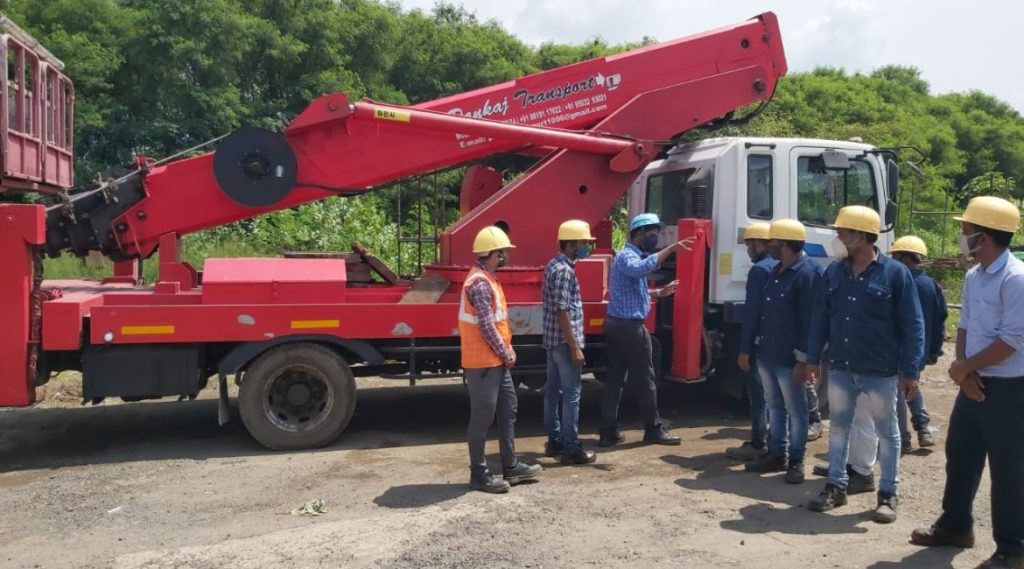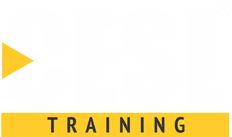Introduction
In the aviation industry, safety is not just a priority; it is a necessity. Compliance with stringent aviation safety regulations is essential to prevent accidents, protect lives, and maintain the trust of passengers and stakeholders. One of the most effective ways to ensure compliance with these regulations is through comprehensive training programs. In this blog, we will explore the importance of training in meeting aviation safety standards, the key areas of focus for regulatory compliance, and how investing in training can lead to a safer and more efficient aviation operation.

The Importance of Compliance in Aviation
Aviation safety regulations are designed to protect both passengers and personnel by minimizing the risks associated with air travel and ground operations. These regulations are set by international bodies such as the International Civil Aviation Organization (ICAO), as well as national authorities like the Federal Aviation Administration (FAA) in the United States and the Directorate General of Civil Aviation (DGCA) in India. Non-compliance can result in severe penalties, including fines, grounding of aircraft, or even the revocation of operating licenses.
Ensuring compliance with these regulations requires a deep understanding of the rules and a commitment to implementing them consistently across all operations. This is where training becomes crucial.
The Role of Training in Compliance
- Understanding Regulations
The first step in achieving compliance is understanding the regulations that apply to your operations. Aviation safety regulations cover a wide range of areas, including:- Aircraft Maintenance: Ensuring that all aircraft are maintained according to manufacturer guidelines and regulatory standards.
- Operational Procedures: Adhering to established protocols for takeoff, landing, in-flight operations, and emergency procedures.
- Safety Management Systems (SMS): Implementing and maintaining an SMS to proactively identify and mitigate safety risks.
- Personnel Certification: Ensuring that all personnel, from pilots to ground crew, are properly certified and trained.
- Training programs should be designed to educate personnel on the specific regulations relevant to their roles. This includes not only understanding the rules but also the rationale behind them, which helps in fostering a safety-first mindset.
- Continuous Education and Updates
Aviation safety regulations are constantly evolving in response to new technologies, emerging risks, and lessons learned from past incidents. Continuous education is essential to keep personnel up to date with the latest requirements.- Regular Training Sessions: Schedule regular training sessions to reinforce knowledge and update employees on any changes in regulations.
- Refresher Courses: Offer refresher courses to ensure that all personnel maintain their certifications and stay compliant with current standards.
- Workshops and Seminars: Participate in industry workshops and seminars that provide insights into new regulatory developments and best practices.
- By maintaining a culture of continuous learning, aviation organizations can ensure that they are always in compliance with the latest safety regulations.
- Practical Application of Safety Protocols
Understanding regulations is only one part of the equation; the practical application of these regulations is what ultimately ensures compliance. Training programs should include:- Hands-On Exercises: Incorporate hands-on training that allows personnel to practice applying safety protocols in real-world scenarios. This could include emergency drills, equipment handling, and maintenance procedures.
- Simulation-Based Training: Use simulation technology to create realistic scenarios that challenge personnel to apply their knowledge in a controlled environment. This helps in preparing them for actual situations.
- Role-Specific Training: Tailor training programs to the specific roles of each employee. For example, pilots, maintenance engineers, and ground crew all have different responsibilities and therefore require specialized training.
- Practical training ensures that personnel are not only knowledgeable about regulations but also proficient in applying them in their daily operations.
- Auditing and Compliance Monitoring
Regular audits and compliance monitoring are essential for identifying gaps in safety practices and ensuring that all regulations are being followed. Training plays a key role in preparing personnel for these audits:- Pre-Audit Training: Conduct pre-audit training sessions to ensure that all personnel are prepared for internal and external audits. This includes understanding the audit process and knowing what documentation and procedures need to be in place.
- Compliance Checklists: Train personnel to use compliance checklists that cover all regulatory requirements. This helps in ensuring that nothing is overlooked during routine operations.
- Continuous Improvement: Use audit findings to identify areas for improvement and incorporate these lessons into future training programs.
- By integrating training with regular auditing and compliance monitoring, aviation organizations can create a feedback loop that continuously enhances safety practices.
The Benefits of Investing in Compliance Training
Investing in compliance training brings numerous benefits to aviation organizations:
- Enhanced Safety Culture: Training fosters a culture of safety, where compliance with regulations is seen as a fundamental aspect of daily operations.
- Risk Mitigation: Proper training helps in identifying and mitigating risks before they escalate into serious incidents.
- Regulatory Confidence: Compliance training builds confidence among regulatory authorities, passengers, and stakeholders, ensuring that the organization is viewed as a responsible and trustworthy operator.
- Operational Efficiency: By understanding and applying regulations correctly, personnel can perform their tasks more efficiently, reducing downtime and improving overall productivity.
Conclusion
Ensuring compliance with aviation safety regulations is a complex but essential task that requires a deep commitment to training and continuous improvement. By investing in comprehensive training programs, aviation organizations can equip their personnel with the knowledge and skills needed to meet regulatory requirements, enhance safety, and operate efficiently. At CESL, we offer specialized training programs designed to help aviation professionals understand and apply the latest safety regulations, ensuring that your operations are always compliant and prepared for any challenges that may arise.
In the ever-evolving world of aviation, compliance is not just about following the rules—it’s about creating a safer, more efficient industry for everyone involved.




